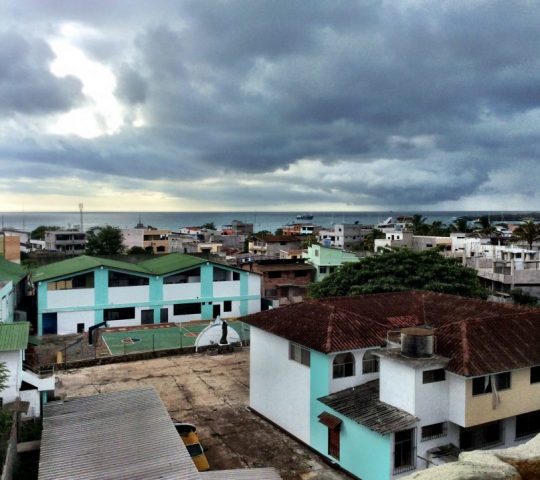In 1684, Ambrose Cowley became one of the first people to set foot on Isabella Island, which he originally called Albemarle Island, after the Duke of Albemarle.
Isabella is larger than all of the other Galápagos Islands combined and was originally formed when six shield volcanoes joined together – all except one is still active. The volcanic activity and remnants of lava flows are one of the biggest draws to this fascinating island.
Pirates, whalers, and merchants all used Tagus Cove, on the northwestern coast, to shelter their boats and resupply. Even Darwin came here in 1835.
Toward the end of the 1800s, a man from Guayaquil named Antonio Gil, settled Isabella Island and formed two towns; Puerto Villamil on the southern coast and Santa Tomás further inland. Settlers set about to collect, manufacture, and produce lime, coffee, and sulfur. Yet the water limitations of the island forced many of these industries to decline.
To this day the population is only around 2,000 people and they mostly make their living from tourism, fishing, and farming.
With such new lava flows mixed with the altitude of the volcanoes, the vegetation zones are sparser and the arid zones are much bigger than the other islands. With that said, there are more tortoises than all of the other islands combined and the Cromwell current on the west coast grants the best whale watching of all the islands.








